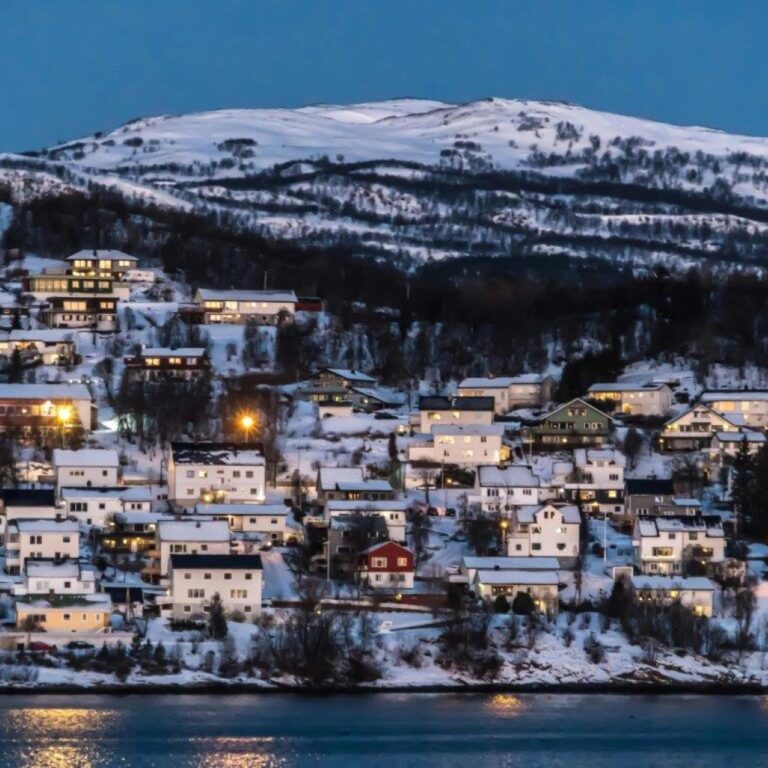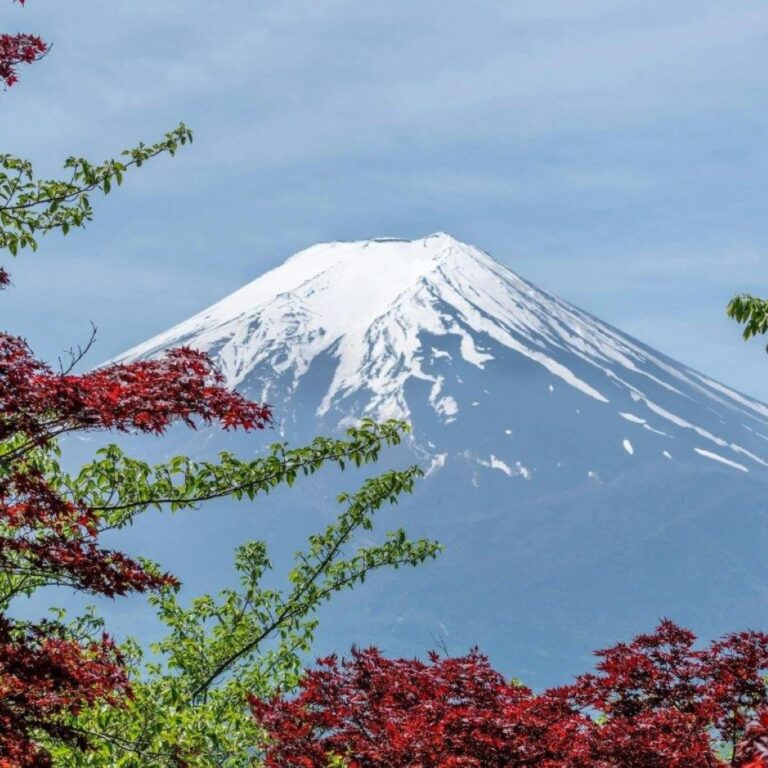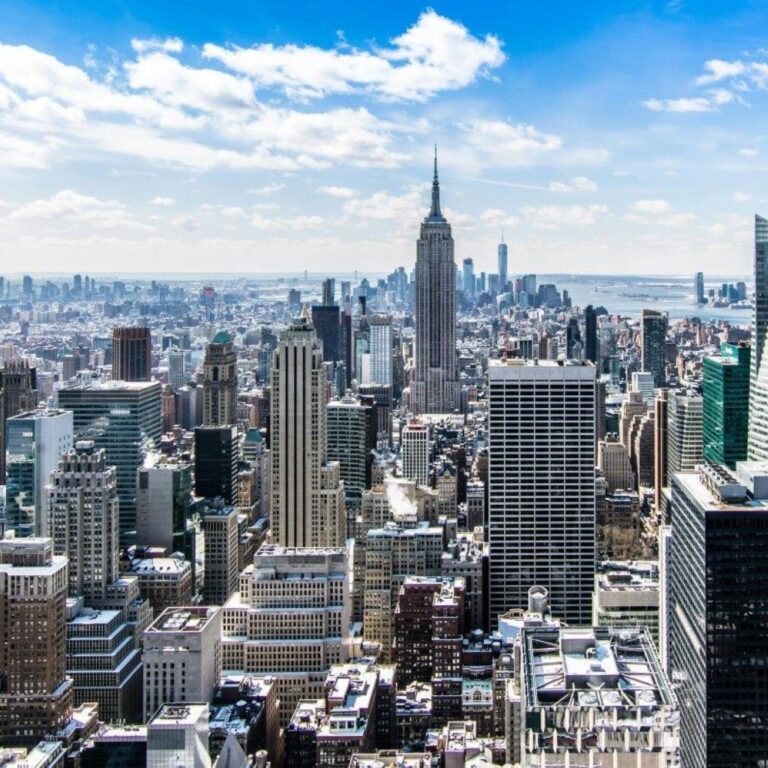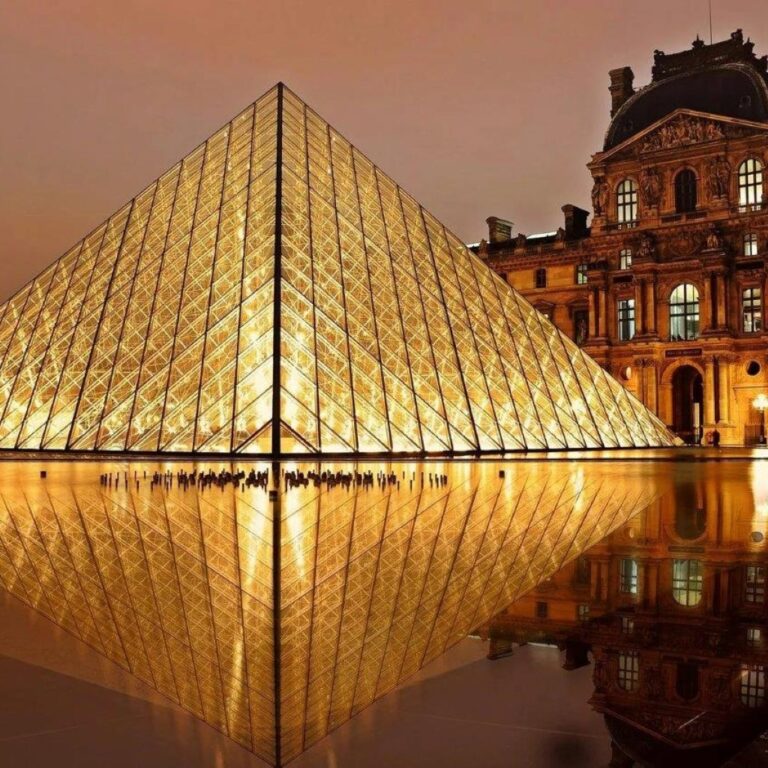Norway is home to some of the most stunning fjords in the world, with Geirangerfjord and Nærøyfjord being UNESCO World Heritage Sites.
The country experiences the Midnight Sun during the summer months, when the sun never sets above the Arctic Circle, offering 24 hours of daylight.
Norway is one of the richest countries in the world, thanks to its extensive natural resources, particularly oil and gas.
The Viking Age, which lasted from the 8th to the 11th century, has left a lasting impact on Norwegian culture and history.
The Northern Lights, or Aurora Borealis, can be seen in Norway during the winter months, especially in the northern regions.
Norway has a strong tradition of skiing, and the word 'ski' is derived from the Old Norse word 'skíð,' meaning a split piece of wood.
The Nobel Peace Prize is awarded annually in Oslo, Norway's capital, as per the will of Alfred Nobel.
Norway has one of the longest coastlines in the world, stretching over 100,000 kilometers, including its many fjords and islands.
The Sami people, indigenous to Norway, have their own distinct culture, language, and traditional way of life, including reindeer herding.
Norway consistently ranks among the top countries in the world for quality of life, with high standards of education, healthcare, and income.
The country is known for its environmental sustainability and is a leader in renewable energy, particularly hydropower.
Norway has a tradition of 'friluftsliv,' which translates to 'open-air life,' emphasizing outdoor activities and a strong connection to nature.
The world's longest road tunnel, the Lærdal Tunnel, is located in Norway and stretches for 24.5 kilometers (15.2 miles).
Norway is famous for its seafood, particularly salmon, which is one of the country's main exports.
The country celebrates its Constitution Day on May 17th, known as 'Syttende Mai,' with parades, traditional costumes, and festivities across the nation.
How useful was this post?
Click on a star to rate it!



